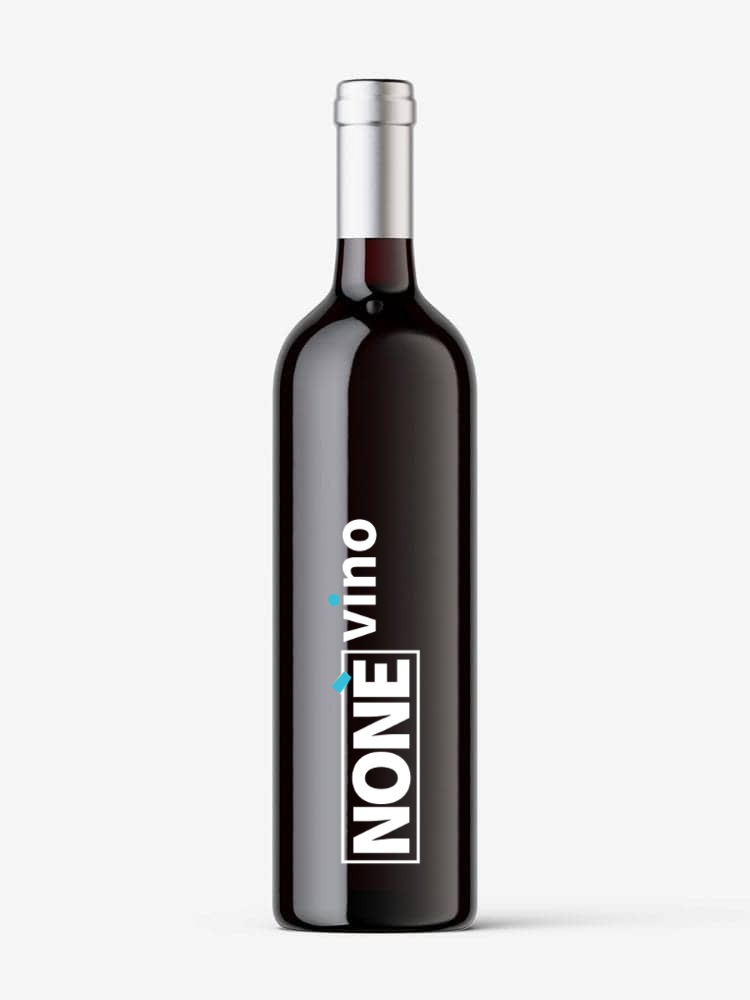The geographical area dedicated to the production of DOC Montepulciano d’Abruzzo wine (also in the Riserva type) includes the entire coastal and foothill hilly area of the Abruzzo region which, in the middle part, expands inland to include the Alto Tirino plateau, the Subequana Valley to the north-west, the Peligna Valley to the south and the Roveto Valley to the south-west.
The Production Area of the DOC Montepulciano d’Abruzzo Wine is located in the:
– province of Chieti, and includes the territory of the municipalities of Altino, Archi, Ari, Arielli, Atessa, Bomba, Bucchianico, Canosa Sannita, Casacanditella, Casalanguida, Casalincontrada, Carpineto Sinello, Casalbordino, Casoli, Castel Frentano, Celenza sul Trigno, Chieti, Crecchio, Cupello, Fara Filiorum Petri, Fillet, Fossacesia, Francavilla, Fresagrandinaria, Frisa, Furci, Gissi, Giuliano Teatino, Guardiagrele, Lanciano, Lentella, Miglianico, Monteodorisio, Mozzagrogna, Orsogna, Ortona, Paglieta, Palmoli, Perano, Putoggiofiorito , Ripa Teatina, Roccamontepiano, Rocca San Giovanni, San Buono, Sant’Eusanio del Sangro, San Giovanni Teatino, Santa Maria Imbaro, San Martino sulla Marrucina, San Salvo, San Vito Chietino, Scerni, Tollo, Torino di Sangro, Torrevecchia Teatina, Treglio, Vasto, Villalfonsina, Villamagna and Vacri.
– province of l’Aquila, and includes the territory of the municipalities of Acciano, Anversa degli Abruzzi, Balsorano, Bugnara, Canistro, Capestrano, Castel di Ieri, Castelvecchio Subequo, Civita d’Antino, Civitella Roveto, Cocullo, Corfinio, Fagnano Alto, Fontecchio , Fossa, Gagliano Aterno, Goriano Sicoli, Introdacqua, Molina Aterno, Morino, Ofena, Pacentro, Poggio Picenze, Pratola Peligna, Pettorano sul Gizio, Prezza, Raiano, Rocca Casale, San Demetrio nei Vestini, Sant’Eusanio Forconese, San Vincenzo Valle Roveto, Secinaro, Sulmona, Tione d’Abruzzi, Villa S. Angelo, Villa S. Lucia and Vittorito.
– province of Pescara, and includes the territory of the municipalities of Alanno, Bolognano, Brittoli, Bussi, Cappelle sul Tavo, Castiglione a Casauria, Catignano, Cepagatti, Città Sant’Angelo, Civitella Casanova, Civitaquana, Collecorvino, Corvara, Cugnoli, Elice, Farindola, Lettomanoppello, Loreto Aprutino, Manoppello, Montebello di Bertona, Montesilvano, Moscufo, Nocciano, Penne, Pianella, Pietranico, Picciano, Pescara, Pescosansonesco, Popoli, Rosciano, San Valentino, Scafa, Serramonacesca, Spoltore, Tocco da Casauria, Torre dé Passeri , Turrivalignani and Vicoli.
– province of Teramo, and includes the territory of the municipalities of Alba Adriatica, Ancarano, Atri, Basciano, Bellante, Bisenti, Campli, Canzano, Castel Castagno, Castellato, Castiglione Messer Raimondi, Castilenti, Cellino Attanasio, Cermignano, Civitella del Tronto, Colledara, Colonnella, Controguerra, Corropoli, Giulianova, Martinsicuro, Montefino, Montorio al Vomano, Morrodoro, Mosciano, Nereto, Notaresco, Penna S. Andrea, Pineto, Roseto degli Abruzzi, Sant’Egidio, Sant’Omero, Silvi, Teramo, Torano Nuovo, Tortoreto, Tossicia and the hamlet of Trignano in the municipality of Isola del Gran Sasso.
The presence of the vine and the production of good red wines in the delimited production area dates back to Polybius, a Greek historian who lived between 205 and 123 BC, who, narrating the exploits of Hannibal after the victory of Canne (216 BC), praised the wines of this area as they had healed the wounded and restored the men to strength.
Even the Latin poet Publio Ovidio Nasone, born in Sulmona in 43 BC, recalls his native land with his verses: “Sulmona, the third part of the Peligna countryside keeps me, a small land, but healthy for the spring waters. ……. Fertile land of the ear of Ceres, and even more of grapes, some fields also yield the tree of Pallas, the olive tree, … ”.
Since then, many other writers have praised the quality of the wines produced in the Abruzzo area, but the first historical news on the presence of the Montepulciano grape in Abruzzo is contained in the work of 8 Michele Torcia entitled Saggio National Itinerary for the Peligni Country made in 1792.
After the Torcia, many historical texts and technical manuals describe the characteristics of this vine: we remember Panfilo Serafini (Sulmona 1817-1864) who in the historical Monograph of Sulmona, which appeared in Naples in 1854 in the well-known periodical “The Kingdom of the Two Sicilies”, written and illustrated , wrote: “The most common vines are Montepulciano, whether primaticcio, cordisco or tardivo ….”, Professor Andrea Vivenza with the Brief rules for making wine of 1867, Edoardo Ottavi and Arturo Marescalchi with the work from Vade-Mecum title of the merchant of grapes and wines in Italy, the first edition of which was published in 1897.
This vine, perfectly acclimatized in inland areas, in particular in the Peligna Valley to which it was initially limited, spread towards the coastal strip at the end of the 1800s and from the second post-war period became the most cultivated red grape in the region.
Today it constitutes the basis of the most important and appreciated Abruzzo wine, the oenological symbol of an entire region, the “Montepulciano d’Abruzzo” DOC, recognized in 1968, whose specification has been subject to some changes over the years aimed at qualifying the product and territorial identification by identifying specific sub-areas.






